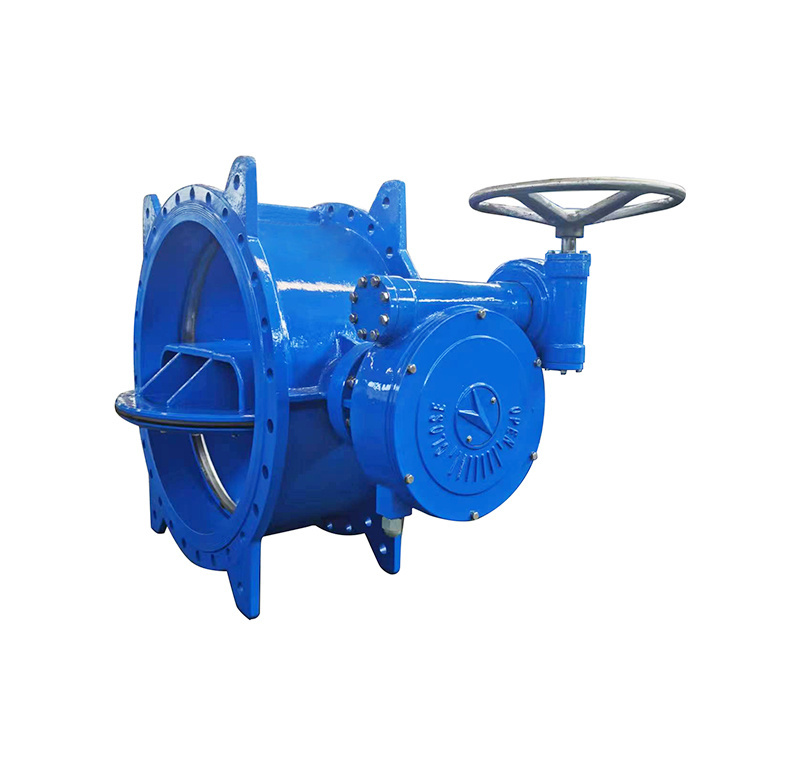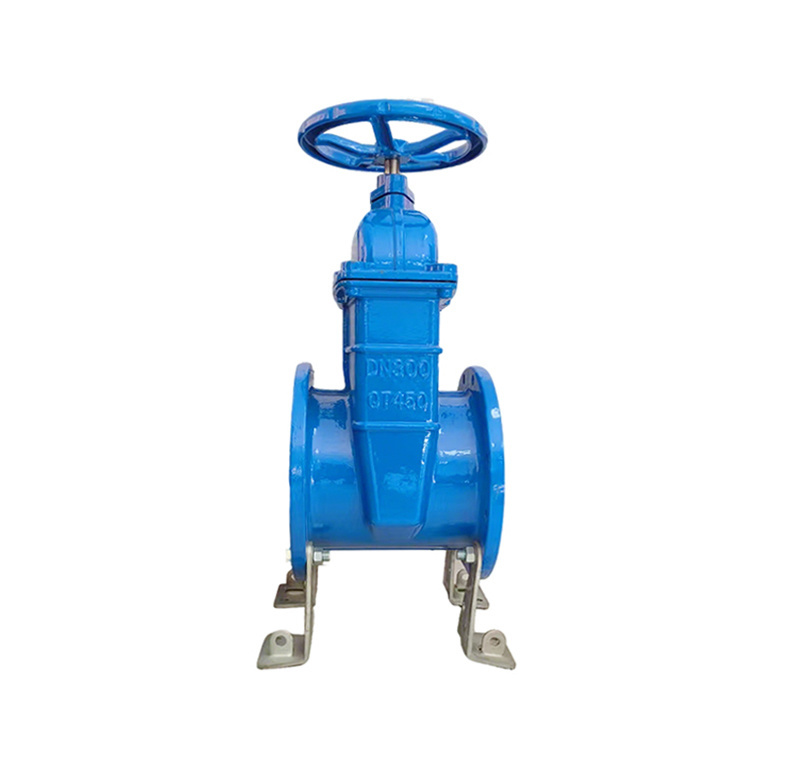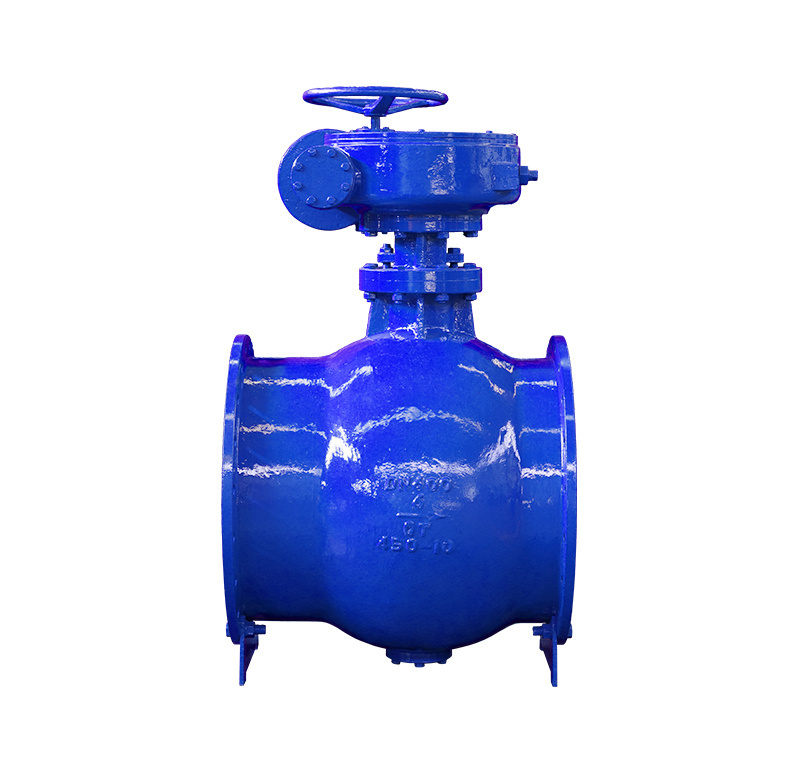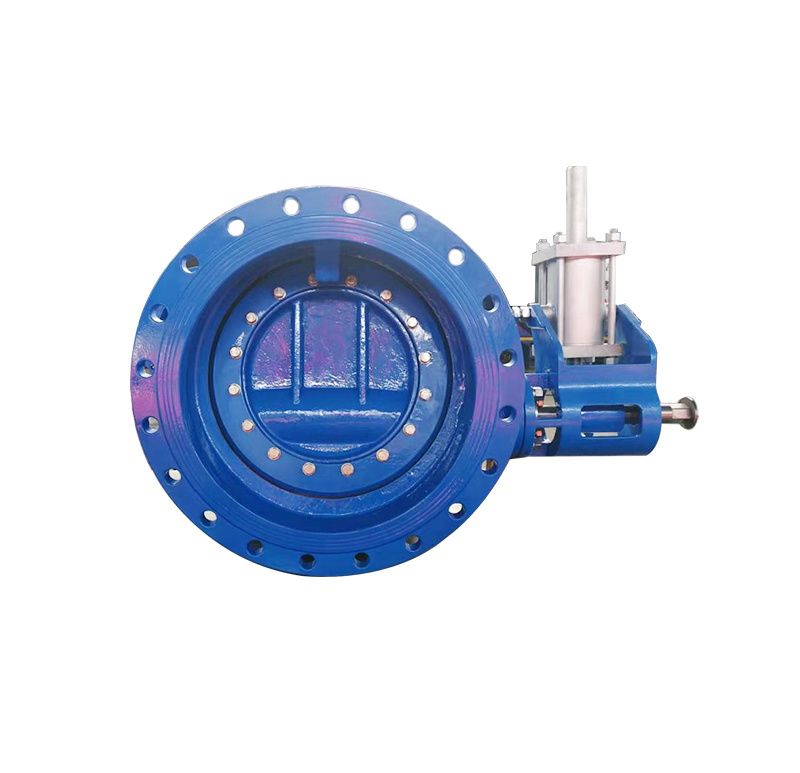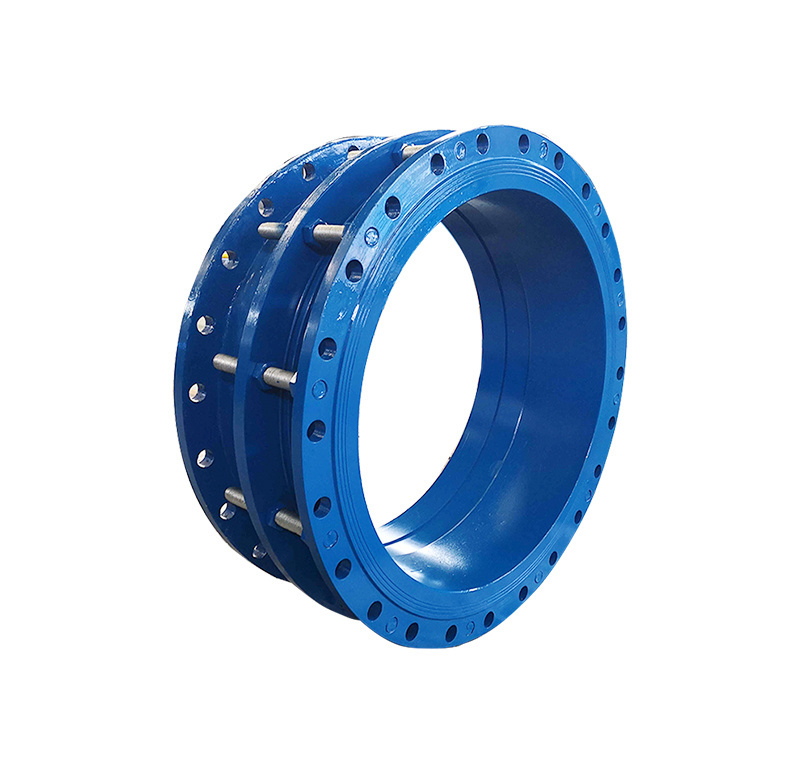The Importance of Regulating Butterfly Valves in Industrial Applications
In the realm of industrial equipment, regulating butterfly valves are a significant component used to control the flow of liquids and gases. These valves function by utilizing a rotating disc to either restrict or allow flow through a pipeline. Unlike traditional valves, regulating butterfly valves are known for their compact design and lightweight nature, making them ideal for a variety of applic
In the realm of industrial equipment, regulating butterfly valves are a significant component used to control the flow of liquids and gases. These valves function by utilizing a rotating disc to either restrict or allow flow through a pipeline. Unlike traditional valves, regulating butterfly valves are known for their compact design and lightweight nature, making them ideal for a variety of applications.
One of the defining features of regulating butterfly valves is their ability to provide quick and precise control over flow rates. This is essential in processes where maintaining a specific flow is critical for operational efficiency. For instance, in chemical processing, the precise regulation of fluid flow can impact reaction rates and product quality. By adjusting the position of the disc, operators can achieve the desired flow characteristics, enhancing overall process control.
Additionally, regulating butterfly valves are often employed in HVAC systems, water treatment facilities, and power generation plants. In HVAC applications, these valves contribute to maintaining optimal temperature and ventilation levels by controlling airflow. In water treatment, they help regulate the flow of treated water, ensuring consistent supply and quality. Their versatility makes them suitable for a wide range of industries, from food and beverage to pharmaceuticals.
Another notable advantage of regulating butterfly valves is their energy efficiency. Due to their design, these valves have lower pressure drops compared to other valve types. This means that less energy is required to pump fluids through the system, leading to reduced operational costs and lower carbon footprints. As industries strive to adopt more sustainable practices, the efficiency of regulating butterfly valves can contribute to environmental goals.
Maintenance and longevity are also crucial factors to consider. Regulating butterfly valves typically require less maintenance than other valve types due to their simple construction. However, regular inspections are recommended to ensure that they are functioning correctly and that the seals remain intact. Proper maintenance can extend the lifespan of these valves and enhance their reliability in critical applications.
In conclusion, regulating butterfly valves are an essential component in modern industrial processes. Their ability to control flow rates with precision, coupled with benefits such as energy efficiency and minimal maintenance, makes them a preferred choice across various sectors. Understanding the role and advantages of these valves can lead to improved operational efficiency and sustainability in your industrial applications. Whether you are looking to optimize existing systems or design new ones, considering the implementation of regulating butterfly valves could be a strategic move for your operations.
One of the defining features of regulating butterfly valves is their ability to provide quick and precise control over flow rates. This is essential in processes where maintaining a specific flow is critical for operational efficiency. For instance, in chemical processing, the precise regulation of fluid flow can impact reaction rates and product quality. By adjusting the position of the disc, operators can achieve the desired flow characteristics, enhancing overall process control.
Additionally, regulating butterfly valves are often employed in HVAC systems, water treatment facilities, and power generation plants. In HVAC applications, these valves contribute to maintaining optimal temperature and ventilation levels by controlling airflow. In water treatment, they help regulate the flow of treated water, ensuring consistent supply and quality. Their versatility makes them suitable for a wide range of industries, from food and beverage to pharmaceuticals.
Another notable advantage of regulating butterfly valves is their energy efficiency. Due to their design, these valves have lower pressure drops compared to other valve types. This means that less energy is required to pump fluids through the system, leading to reduced operational costs and lower carbon footprints. As industries strive to adopt more sustainable practices, the efficiency of regulating butterfly valves can contribute to environmental goals.
Maintenance and longevity are also crucial factors to consider. Regulating butterfly valves typically require less maintenance than other valve types due to their simple construction. However, regular inspections are recommended to ensure that they are functioning correctly and that the seals remain intact. Proper maintenance can extend the lifespan of these valves and enhance their reliability in critical applications.
In conclusion, regulating butterfly valves are an essential component in modern industrial processes. Their ability to control flow rates with precision, coupled with benefits such as energy efficiency and minimal maintenance, makes them a preferred choice across various sectors. Understanding the role and advantages of these valves can lead to improved operational efficiency and sustainability in your industrial applications. Whether you are looking to optimize existing systems or design new ones, considering the implementation of regulating butterfly valves could be a strategic move for your operations.
Previous









